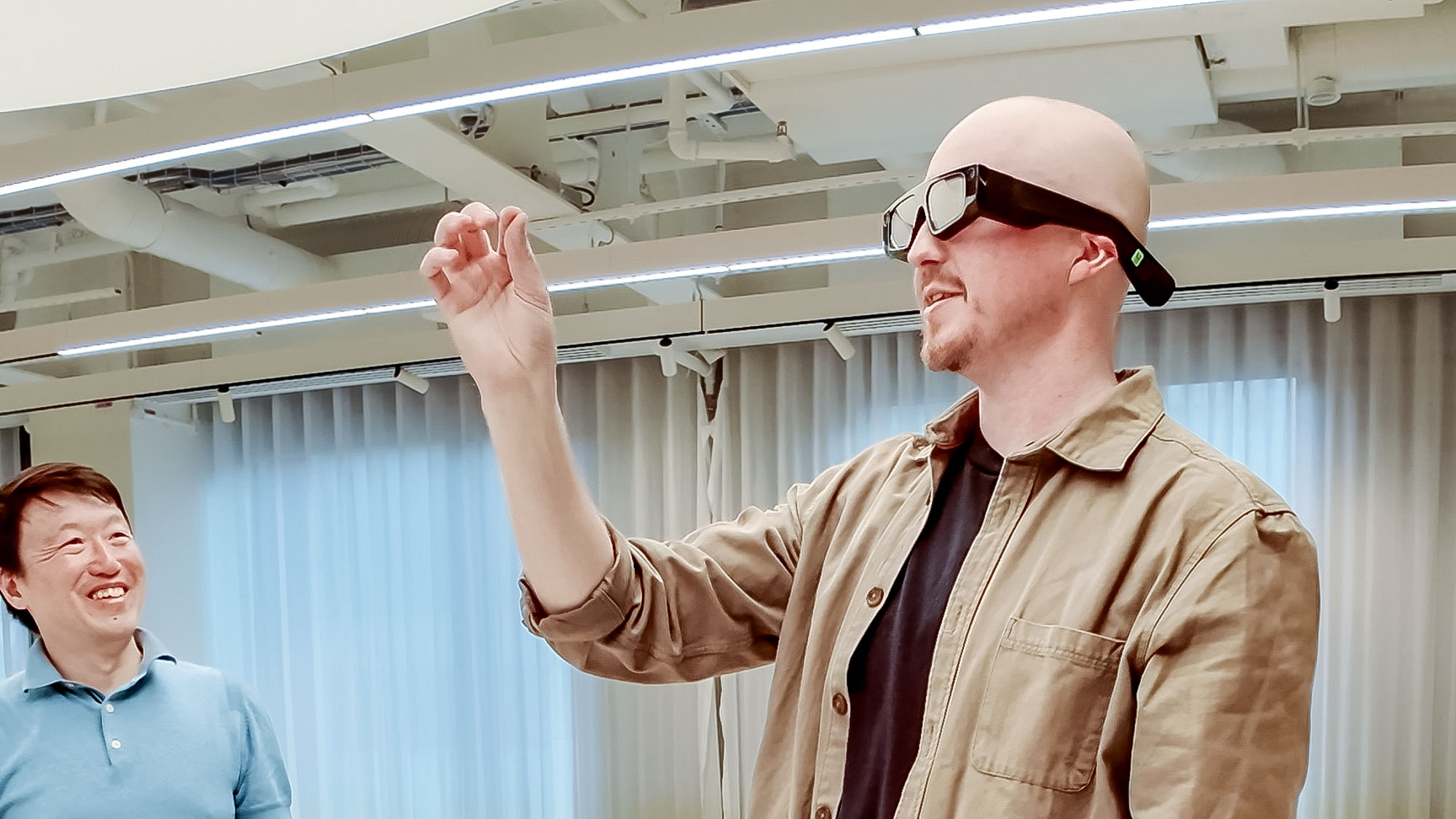CES 2019: Here’s the Biggest Trends to Watch
From TVs you can roll up like a poster to 5G networks that are finally getting real, these are the biggest trends we expect to see at CES 2019.
Over this next week, more than 180,000 people and 4,400 companies will descend on Las Vegas for CES 2019 to check out the latest technology that will soon end up in your home, your car and your hand.
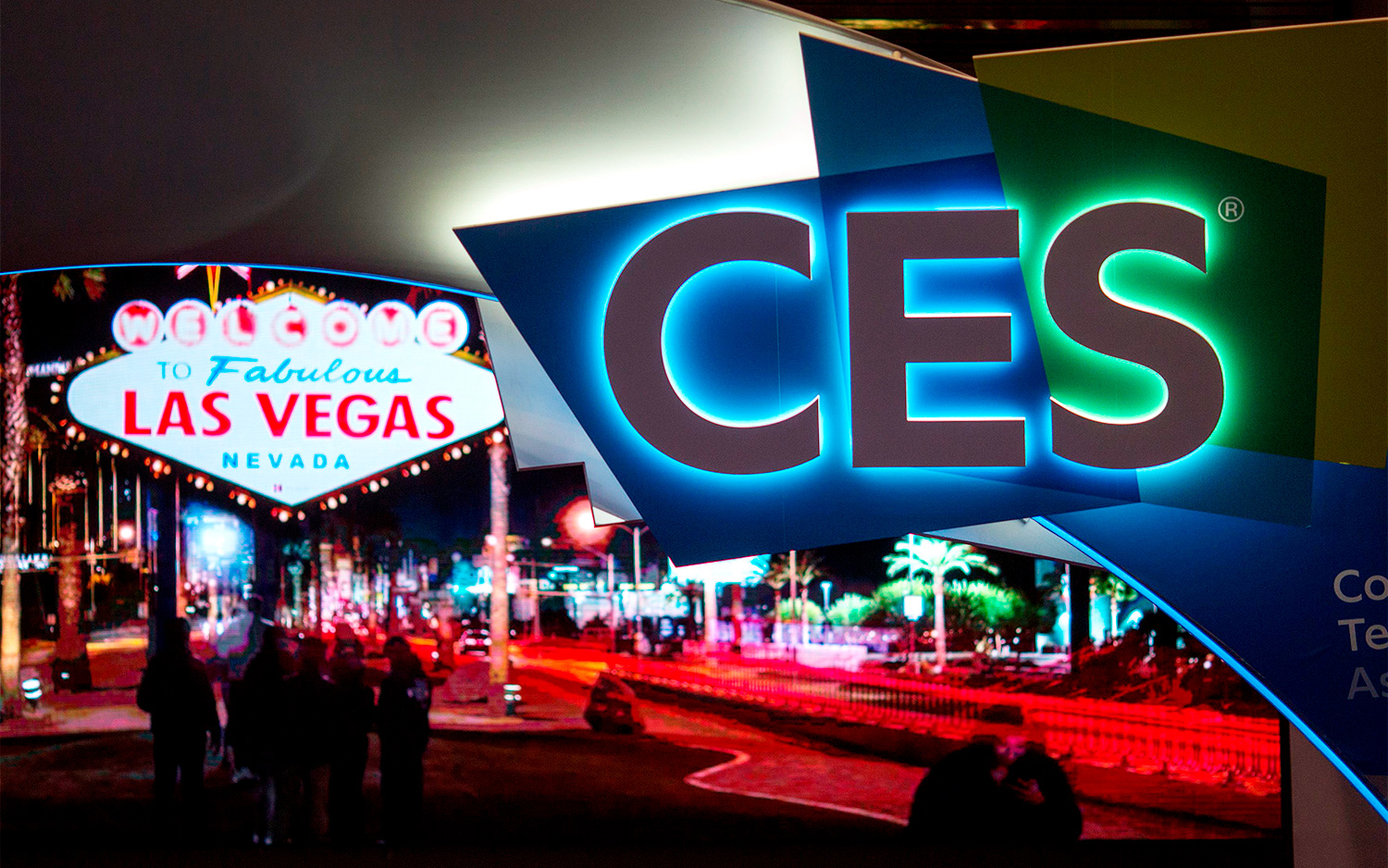
Some companies have already begun to announce their new products, but in advance of that news, we talked to several experts, looked at rumors and made some logical assumptions based on last year's show to come up with what we think will be some of the major trends at this year's CES.
TVs: Larger, sharper, brighter and more rollable
Why you can trust Tom's Guide
Advances in MicroLED and OLED technology will see TVs get larger and sharper. Last year saw the introduction of Samsung's massive, 146-inch The Wall TV, while LG rolled out — literally — a 65-inch rollable OLED set that unfurled itself from a base. Expect to see more iterations on these themes as those two companies try and outdo each other yet again.
While the rollable TV was just a prototype last year, at this year's show, LG should reveal a set you can actually purchase, a Bloomberg story reported. This means that you won't have a massive black square taking over a wall when you're not watching TV.
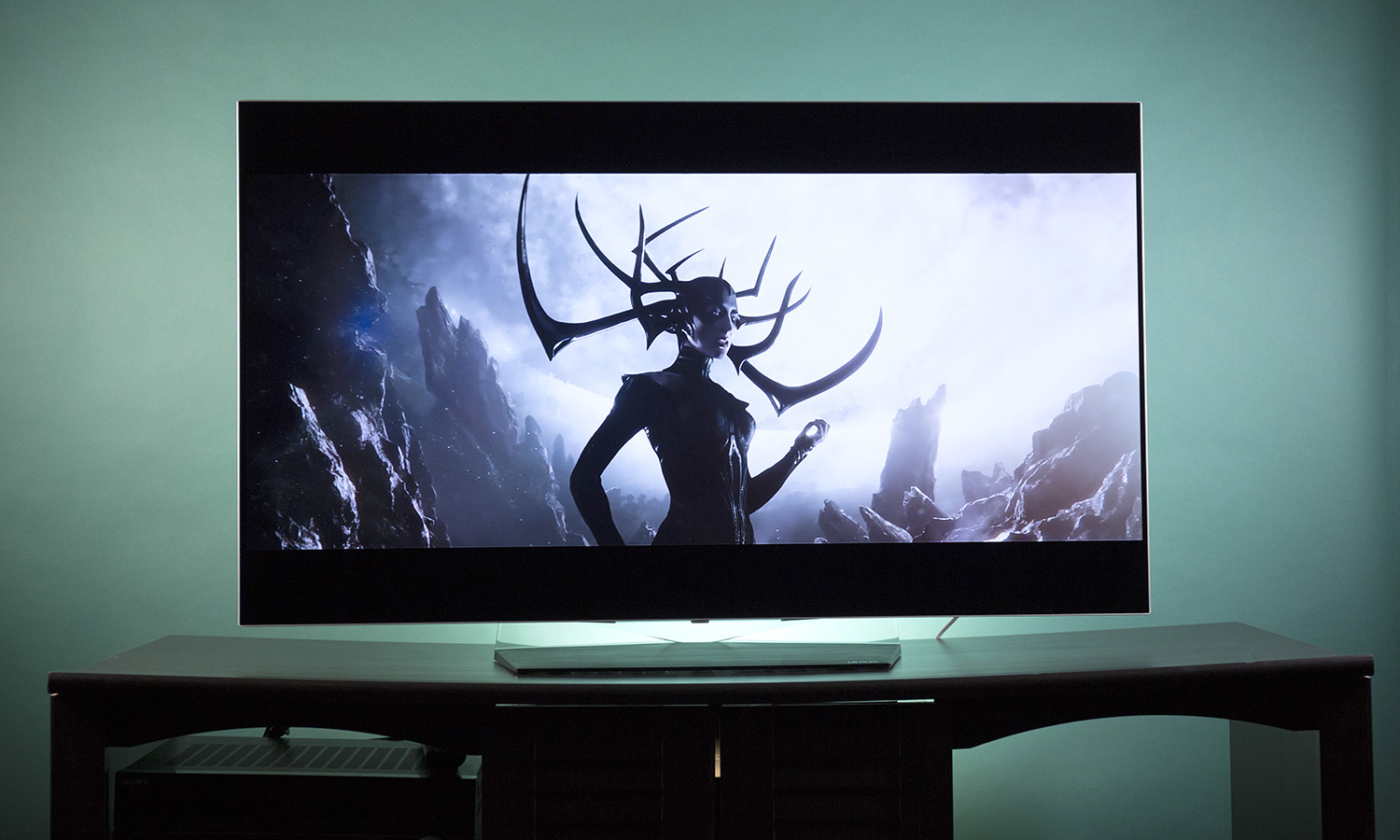
Samsung's MicroLED technology should compete more directly with LG's and Sony's OLED sets; MicroLED panels are just as thin and colorful, yet are technically brighter and less expensive.
Expect those sets to look sharper, too. While the technology is in its infancy, 8K sets should proliferate. But the true reason that consumers should be interested in these TVs isn't the resolution. "The real benefit for an 8K set for the medium and long term is simply brightness," said Avi Greengart, research director for consumer platforms and devices for GlobalData. "Some of these 8K sets can get crazy bright, and that allows for remarkably good dynamic range." This means that explosions will look extra intense, while dark scenes will be even darker.
Smart Homes: Getting smarter
At last year's CES, Google made a big push with Google Assistant and Google Home, showing that the company's voice assistant was inside, and compatible with, dozens of smart home devices.
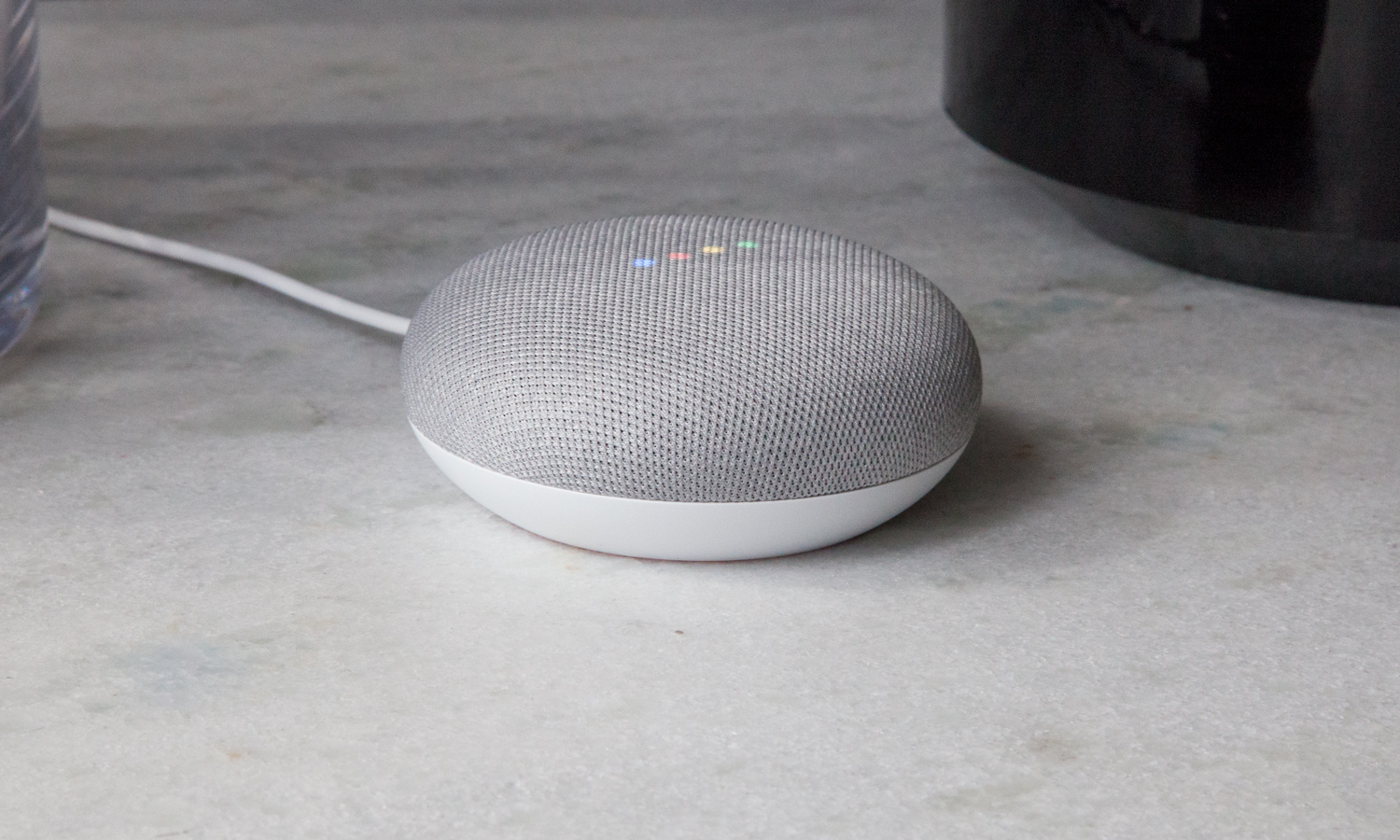
This year, expect more of the same, but it wouldn't be unreasonable to expect Amazon to push back.
While there will be plenty of smart plugs, switches, robot vacuums and appliances, expect to see a greater emphasis on the AIs behind these devices and how those smarts can make all those devices work together. And what benefit will these assistants provide to the consumer?
"I don't know that we've ferreted out a lot of these use cases yet, but I do know that there's a desire for devices to be interoperable in the house," said Ben Arnold, senior director of innovation and trends for CTA.
Companies will, or should, stress the privacy and security of their smart home devices; expect these companies to emphasize that their products won't snoop on you or allow others access or insight as to what you're doing in your home.
MORE: Best Smart Home Hub
"Now that these devices are in so many places and so many entry points into the home, how do we make sure that we can secure them to the best of our ability?" asked Dinesh Narayanan, director of partner and channel marketing at Microsoft.
Laptops: Smaller, faster and more powerful
PCs are going to become more like smartphones, said Microsoft's Narayanan. To that end, Microsoft is working with its partners to develop notebooks that are always connected and that need to be charged only once per day. "Think of how powerful phones have gotten and then how much computing has shifted to the phone. We also see the demand for that type of phone-class experience [on laptops]."
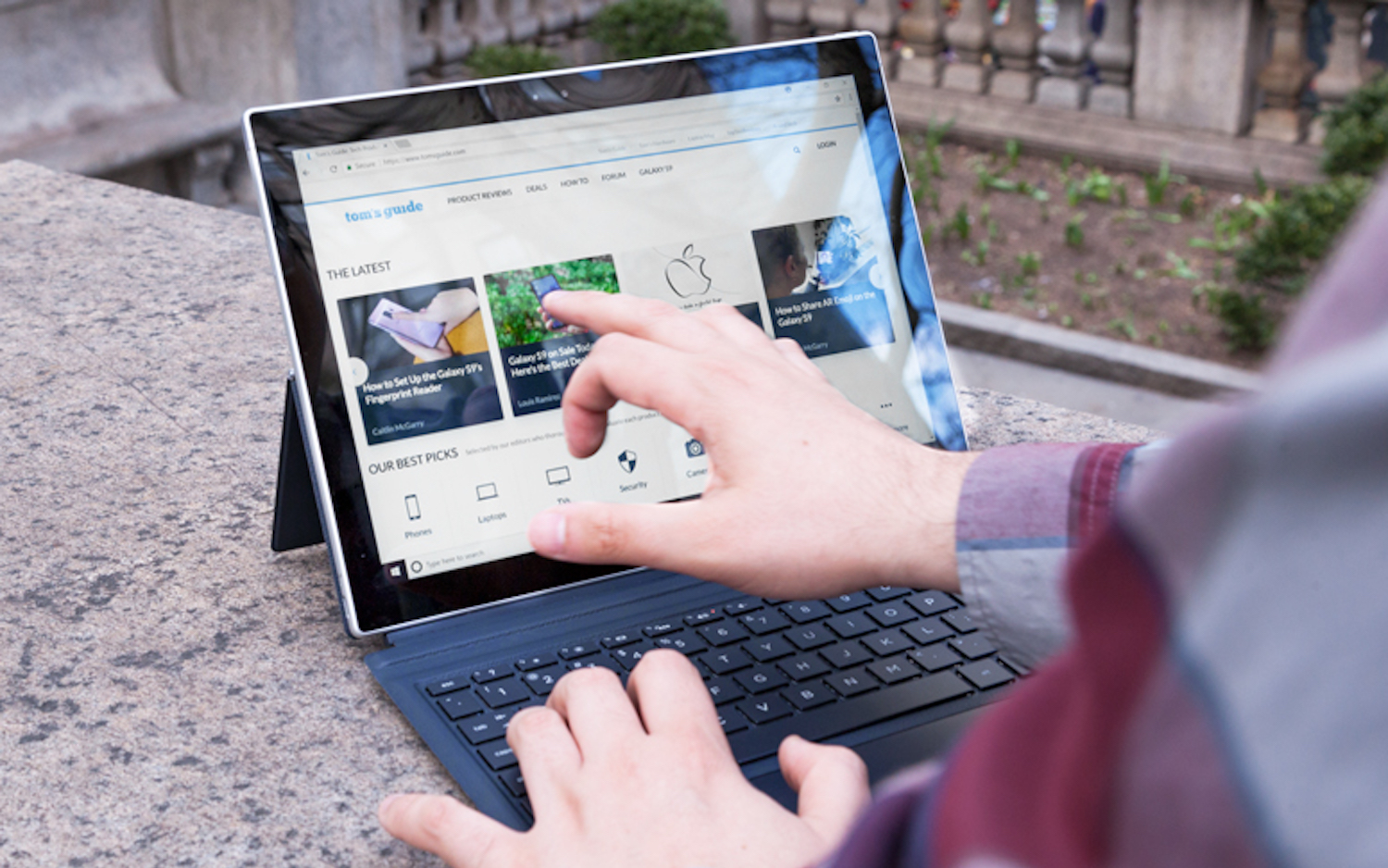
Qualcomm's new Snapdragon 8cx chip, announced a year ago, promises multiday battery life and greater connectivity, but PC makers have been slow to adopt it. In our review of the HP Envy x2, we loved the laptop's built-in 4G LTE and 14-hour battery life, but we were disappointed in the machine's sluggish performance.
The always-connected concept extends to gaming systems, where Microsoft is looking for ways to enable gamers to more easily livestream their sessions. "How do we allow gamers to keep their hands on but initiate streaming, because it's become so fundamental," Narayanan said.
Wearables: More health, less fitness
Features such as the ECG monitor in the Apple Watch 4 and enhanced sleep tracking in devices like the Fitbit Versa have signaled a shift in wearables, as they evolve from purely fitness devices to ones that look more holistically at your health. Don't be surprised to see more companies show how their wearable will not just make you look better, but also help you live better.
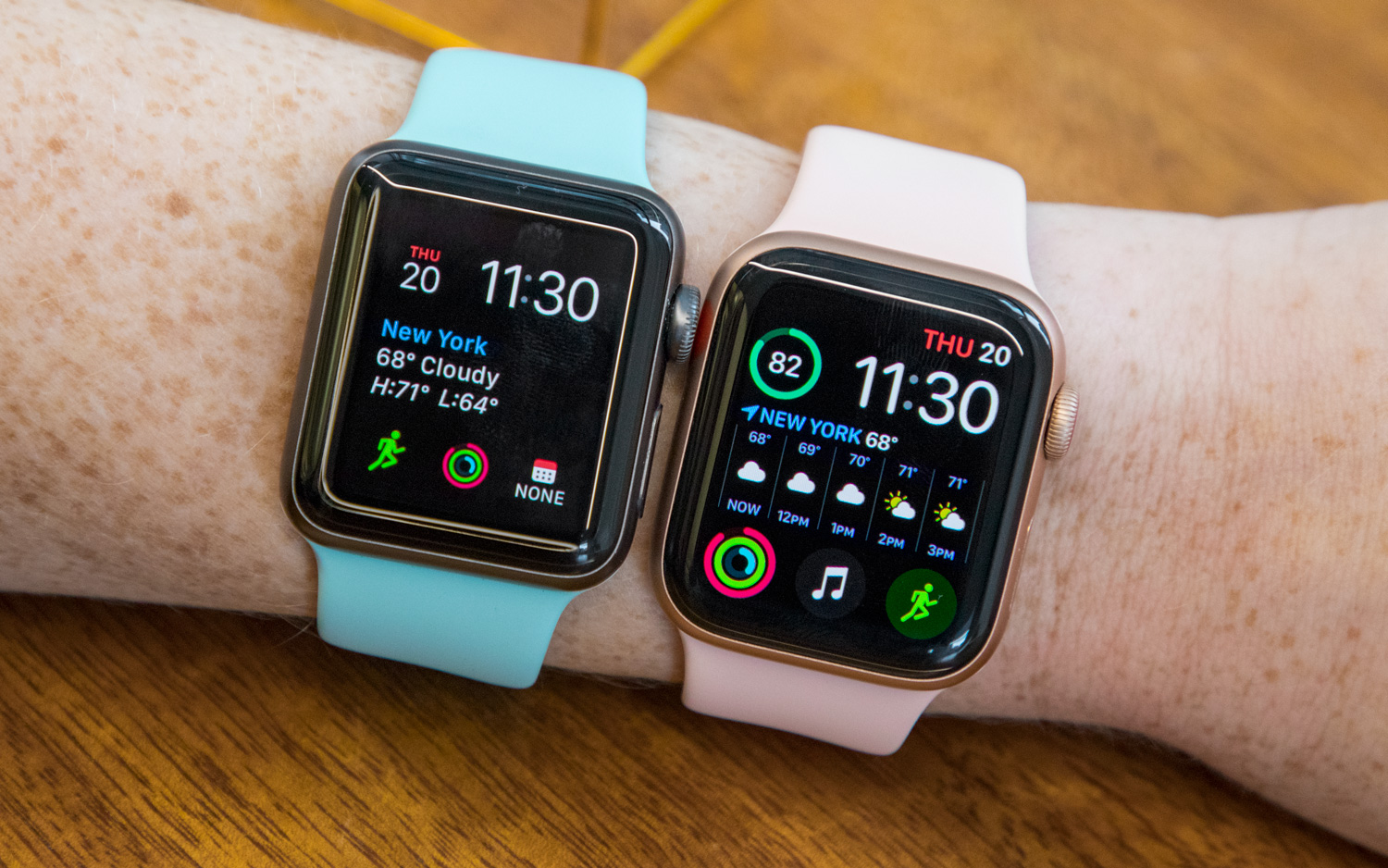
As basic fitness trackers have become commoditized — you can easily find $15 gadgets that accurately count your steps — device makers are taking one of two approaches: making specialized, expensive watches for niche sports, as Suunto and Garmin have done, or going for a wellness angle, which can include everything from letting you know if you have hypertension to telling you if your loved one has fallen.
"There are a lot of sometimes-wacky, sometimes-interesting wearables that are going to be at the show," Greengart said. "Some of it is fitness, but a lot is genuinely medical."
Sleep tech should also have a bigger presence at this year's show. Companies such as Fitbit are already looking at ways to diagnose sleep apnea, but there has yet to be a definitive product that can help you get a better night's rest.
"I walked into some booth in the Sands last year, and there were a bunch of people in sleep chairs," Arnold said. "And that was one of five booths like that."
MORE: Smartwatch Buying Guide - Everything You Need to Know
Qualcomm’s new Snapdragon 3100 chip, which promises better performance and longer battery life, will show up in more smartwatches. However, a fairly rigid Wear OS platform means that most of the innovation will be cosmetic at best.
AR and VR: Closer to reality, but not there yet
There should be plenty of augmented reality and virtual reality companies showing their wares at CES, but broader adoption by consumers is still a few years away. However, pioneering companies will be on hand, such as Pico Interactive, which will be showing off its new 4K VR headset. HTC will also be at the show, demoing new VR experiences with the company's latest headset, the Vive Pro.
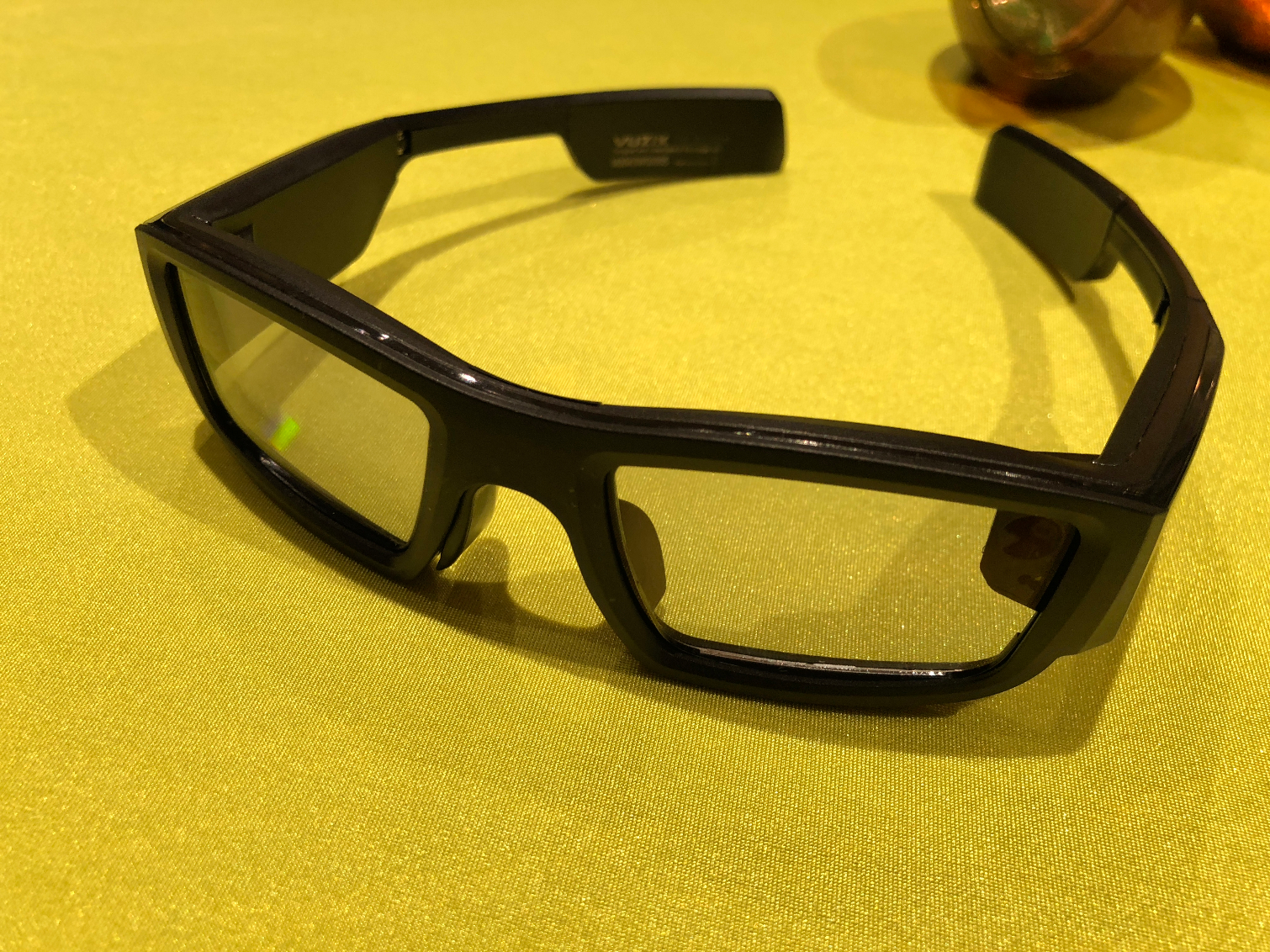
Vuzix showed off Alexa-enabled Blade AR glasses at last year's CES, so we wouldn't be surprised to see a more refined version at this year's show.
"Just based on my inbox, there are going to be a lot of people showing off smart glasses, but none of them have jumped out as being the next big thing," said Greengart. "Augmented and virtual reality have big futures ahead of them, but at the moment, we're sort of post-hype, pre-usefulness."
While hardware issues have largely been solved, what's needed is a reason for consumers to wear these devices. "Now, it's about content," Arnold said. "How do we get enough users on any of these platforms to really drive some more investment?'
5G Is Coming to Everything
While CES isn't known for its smartphone launches — for those, wait for Mobile World Congress, just a month later — Qualcomm's recently introduced, 5G-ready Snapdragon 855 processor is bound to ripple down to other products that will be announced in Las Vegas.
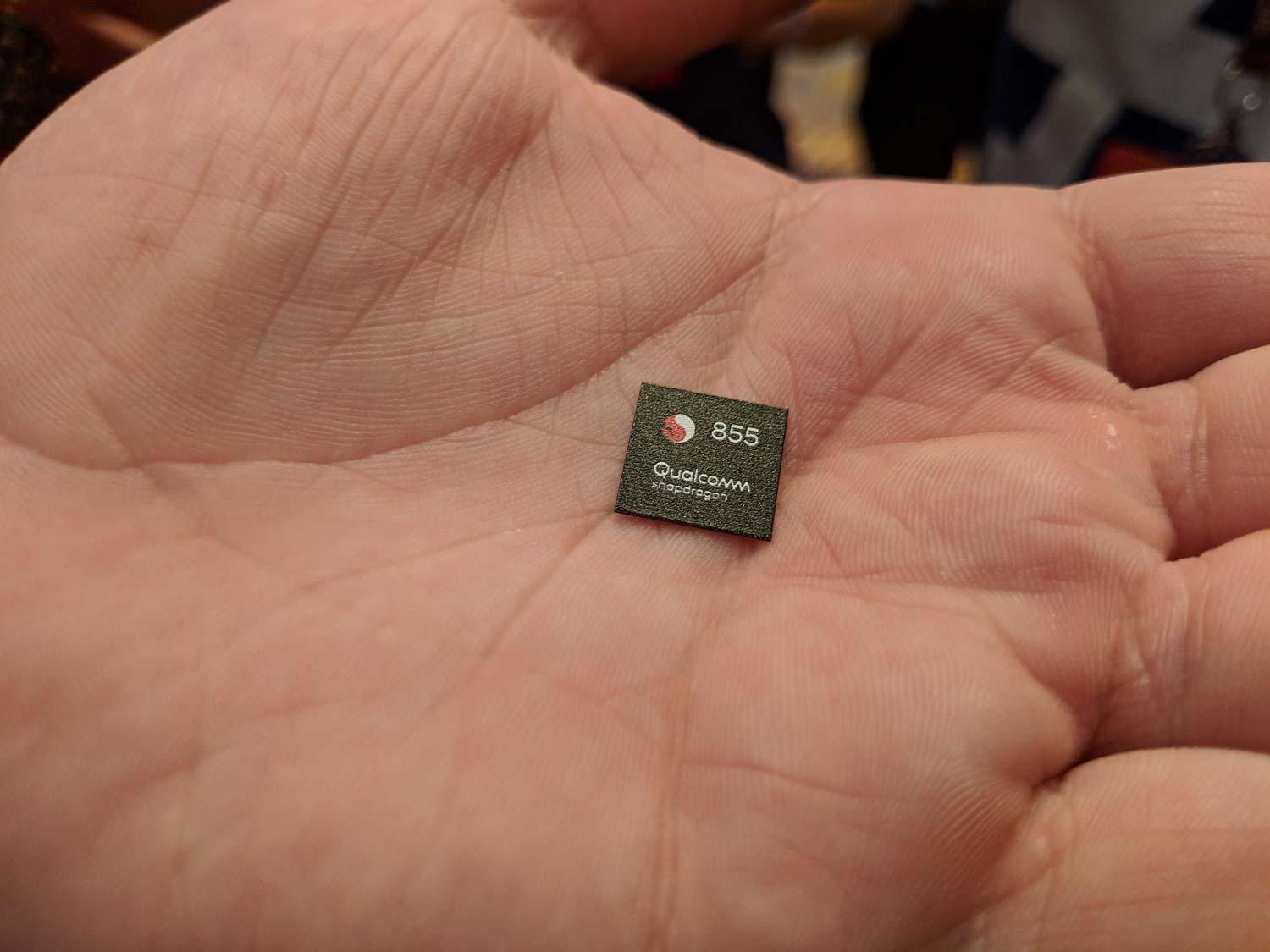
"Every keynote will invoke 5G," Greengart predicted. From smart home devices to cars to laptops, the faster speeds of this next-gen networking technology will have implications for every kind of connected device.
Among other things, 5G promises speeds up to 1,000 times faster than those of 4G LTE. This will enable such things as live 4K video streams, which are great for watching movies or performing open-heart surgery from afar.
Samsung announced plans with both Verizon and AT&T to come out with 5G phones in early 2019, while LG will launch its 5G phone on Sprint's network. However, 5G service will be pretty limited at launch. AT&T's service will initially be available in just 19 markets, while Sprint will first turn on its service in Atlanta, Chicago, Dallas, Houston, Los Angeles, New York City, Phoenix and Washington, D.C., as well as Kansas City, Missouri.
"The promise is quite large," Narayanan said. "It gives us the opportunity to innovate our hardware around that. If connectivity wasn't an issue or wasn't a dependency, how would we architect a system from cloud to edge?"
Credit: Tom's Guide
Sign up to get the BEST of Tom's Guide direct to your inbox.
Get instant access to breaking news, the hottest reviews, great deals and helpful tips.

Michael A. Prospero is the U.S. Editor-in-Chief for Tom’s Guide. He oversees all evergreen content and oversees the Homes, Smart Home, and Fitness/Wearables categories for the site. In his spare time, he also tests out the latest drones, electric scooters, and smart home gadgets, such as video doorbells. Before his tenure at Tom's Guide, he was the Reviews Editor for Laptop Magazine, a reporter at Fast Company, the Times of Trenton, and, many eons back, an intern at George magazine. He received his undergraduate degree from Boston College, where he worked on the campus newspaper The Heights, and then attended the Columbia University school of Journalism. When he’s not testing out the latest running watch, electric scooter, or skiing or training for a marathon, he’s probably using the latest sous vide machine, smoker, or pizza oven, to the delight — or chagrin — of his family.
